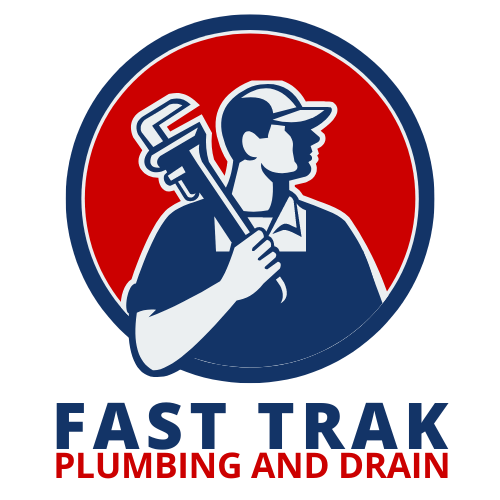
How to Detect and Prevent Plumbing Problems in Older Colorado Homes
Understanding Plumbing Challenges in Older Colorado Homes

Older homes in Colorado possess a charm and character that many modern constructions can't replicate. However, along with their unique aesthetics, these homes often come with aging plumbing systems that can present challenges. Detecting and preventing plumbing issues in older Colorado homes requires a proactive approach and an understanding of the specific issues that these properties face.
- Aging Pipes: Many older homes in Colorado were built with galvanized steel or iron pipes, which are prone to corrosion and rust over time. This deterioration can lead to leaks, reduced water pressure, and eventual pipe failure.
- Hard Water: Colorado's water supply often contains high levels of minerals, leading to hard water issues. Over time, mineral deposits can accumulate in pipes and fixtures, causing clogs and reducing water flow.
- Frozen Pipes: Colorado's cold winters increase the risk of frozen pipes in older homes with inadequate insulation. Frozen pipes can burst, causing extensive water damage and costly repairs.
- Sewer Line Issues: Older homes may have outdated or deteriorating sewer lines susceptible to root intrusion, clogs, and collapses. Sewer line problems can result in sewage backups and foul odors inside the home.
- Outdated Fixtures: Older plumbing fixtures may be inefficient, prone to leaks, and lacking in water-saving features. Upgrading to modern, water-efficient fixtures can improve performance and reduce water consumption.
Detecting Plumbing Problems:
- Visual Inspection: Regularly inspect visible plumbing components such as pipes, faucets, and fixtures for signs of corrosion, leaks, or mineral buildup.
- Water Quality Testing: Test the water quality in your home to check for high mineral content, which can indicate hard water issues.
- Water Meter Monitoring: Monitor your water meter for unexplained fluctuations, which may indicate hidden leaks.
- Drainage Assessment: Pay attention to slow drains, gurgling noises, or foul odors, as these can indicate sewer line problems.
- Temperature Monitoring: During cold weather, monitor vulnerable pipes for signs of freezing and take preventive measures to protect them.
Preventing Plumbing Problems:
- Upgrade Plumbing: Consider repiping with modern materials such as copper or PEX to replace aging galvanized steel or iron pipes.
- Insulate Pipes: Insulate exposed pipes in attics, crawl spaces, and exterior walls to prevent freezing during cold Colorado winters.
- Install Water Softeners: Install a water softener to reduce mineral buildup in pipes and fixtures, prolonging their lifespan and improving water quality.
- Maintain Sewer Lines: Schedule regular inspections and maintenance for sewer lines to prevent root intrusion, clogs, and collapses.
- Upgrade Fixtures: Replace outdated fixtures with water-efficient models to reduce water consumption and minimize the risk of leaks.
How Can Monitoring Water Meter Readings Help Identify Hidden Leaks In Older Plumbing Systems?
Monitoring water meter readings is a crucial step in identifying hidden leaks in older plumbing systems. These leaks can go unnoticed for extended periods, leading to water waste, increased utility bills, and potential damage to the home's structure. By regularly checking water meter readings, homeowners can detect abnormalities in water usage patterns, indicating the presence of leaks that require immediate attention.
- Understanding Water Meter Readings: Water meters measure the volume of water consumed by a household, typically in cubic feet or gallons. Each unit on the meter represents a specific volume of water, allowing homeowners to track their water usage accurately.
- Normal vs. Abnormal Usage Patterns: Homeowners should establish a baseline for their typical water usage by recording regular meter readings over time. Slight fluctuations in water usage are normal, such as increased consumption during peak hours or seasonal changes. However, significant and unexplained increases in water usage signal potential leaks in the plumbing system.
- Detecting Hidden Leaks: Hidden leaks in older plumbing systems can occur in various locations, including underground pipes, behind walls, or within fixtures. These leaks may not be visible to the naked eye but can cause a steady loss of water over time. By monitoring water meter readings regularly, homeowners can detect unusual spikes in water usage that suggest the presence of hidden leaks.
- Conducting a Water Meter Test: To determine if a hidden leak is present, homeowners can perform a simple water meter test. Start by turning off all water sources inside and outside the home, including faucets, showers, toilets, and irrigation systems. Note the current reading on the water meter and wait for a designated period, such as an hour or overnight. After the specified time has passed, check the water meter again. If the meter reading has increased despite no water usage, it indicates a hidden leak in the plumbing system.
- Investigating Potential Leak Locations: Once a hidden leak is suspected based on water meter readings, homeowners can further investigate potential leak locations. This may involve inspecting visible pipes, fixtures, and appliances for signs of leaks, such as dampness, water stains, or mold growth. In some cases, professional assistance may be necessary to locate and repair hidden leaks effectively.
- Taking Prompt Action: Upon identifying a hidden leak through water meter readings, homeowners should take immediate action to repair the leak and prevent further water loss and damage. Depending on the severity and location of the leak, repairs may involve tightening connections, replacing damaged pipes or fixtures, or installing leak detection devices for ongoing monitoring.
- Preventing Future Leaks: To minimize the risk of hidden leaks in older plumbing systems, homeowners should prioritize preventive maintenance and regular inspections. This includes checking for signs of corrosion, deteriorating seals, and worn-out components that may indicate potential leak points. Additionally, upgrading to modern plumbing materials and fixtures can improve durability and reduce the likelihood of future leaks.
Detecting and preventing plumbing problems in older Colorado homes requires vigilance, proactive maintenance, and occasional upgrades. By understanding the unique challenges that older plumbing systems face and implementing preventive measures, homeowners can preserve the integrity of their plumbing infrastructure and ensure the longevity and value of their homes.
Book a Service Today
We will get back to you as soon as possible
Please try again later
Having a plumbing problem?
We'll Fix it today!
Don't let a plumbing problem disrupt your day – contact Fast Track Plumbing and Drain today, and we'll fix it right away!

QUICK LINKS
OUR SERVICES
CONTACT INFO
Located in Commerce City, we're strategically positioned to cater to clients in surrounding cities, all within a convenient 2-hour drive.
720 636-4127
We are available 24/7!
All Rights Reserved | Fast Trak Plumbing and Drain
Website Managed by Leads By Vinny

